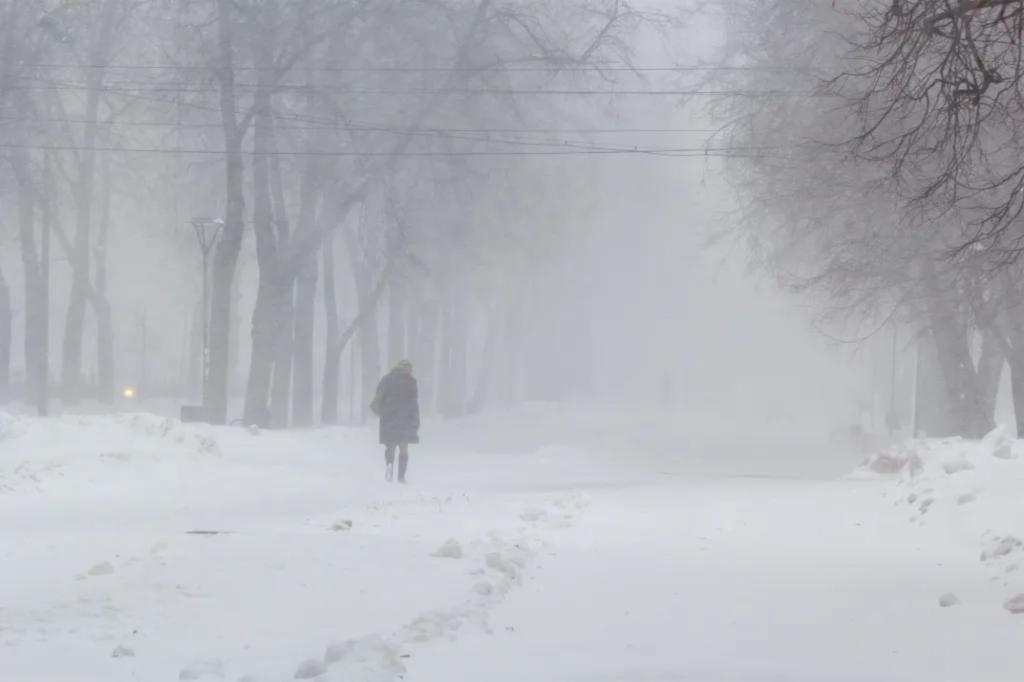The tragic death of Eugenia Michele Wadman, a 43-year-old Ohio resident, serves as a stark reminder of the dangers posed by harsh winter weather. Wadman was found deceased in her backyard on the morning of January 19th, a victim of the frigid temperatures that gripped the region. Clad only in light pajamas, she had ventured outside with her dog on the previous Saturday night, a seemingly innocuous act that turned fatal. The Huron County Sheriff’s Office reported that Wadman appeared to have fallen and sustained injuries consistent with struggling and crawling on the snow and ice-covered ground. The prevailing theory is that she succumbed to hypothermia, her body unable to withstand the prolonged exposure to the mid-to-low 20-degree temperatures.
The details surrounding Wadman’s final moments paint a picture of a desperate struggle against the elements. Her light clothing offered minimal protection against the biting cold, and the icy ground likely compounded her predicament. The injuries she sustained suggest a desperate attempt to regain her footing or reach safety, a struggle made all the more difficult by the numbing effects of hypothermia. The sheriff’s office noted the injuries were consistent with crawling, indicating that even after falling, she attempted to move, possibly towards her home or some form of shelter. This image underscores the rapid and debilitating effects of extreme cold, particularly when combined with physical trauma.
Hypothermia, the suspected cause of Wadman’s death, is a dangerous condition that occurs when the body loses heat faster than it can produce it. Prolonged exposure to cold temperatures, particularly when combined with inadequate clothing, can lead to a rapid drop in core body temperature. As hypothermia sets in, vital bodily functions begin to slow down. Initial symptoms may include shivering, confusion, and slurred speech. As the condition progresses, shivering may stop, and the individual may become unresponsive and lose consciousness. In severe cases, hypothermia can lead to cardiac arrest and death.
The circumstances surrounding Wadman’s death highlight the importance of taking precautions during periods of extreme cold. Dressing in warm, layered clothing is crucial for maintaining body heat and preventing hypothermia. Wearing appropriate footwear with good traction can help prevent slips and falls on icy surfaces. It is also advisable to limit time spent outdoors during periods of extreme cold, especially when temperatures drop significantly below freezing. Checking on vulnerable individuals, such as the elderly or those living alone, is essential during cold weather events.
While the official cause of death awaits the results of a full autopsy, the preliminary investigation points to a tragic accident exacerbated by the harsh weather conditions. No foul play is suspected, suggesting that Wadman’s death was a result of the unfortunate combination of circumstances. The absence of information regarding the dog’s condition adds another layer of sadness to this already heartbreaking incident. One can only hope that the dog, who was the likely reason for Wadman’s venture into the cold, managed to survive the ordeal.
This incident underscores the vital need for awareness and preparedness during winter weather. It serves as a somber reminder that even seemingly routine activities, like letting a pet outside, can become perilous in extreme cold. By taking appropriate precautions and remaining vigilant, we can mitigate the risks associated with winter weather and protect ourselves and our loved ones from similar tragedies. The story of Eugenia Michele Wadman serves as a tragic lesson, urging us to respect the power of nature and to prepare diligently for its potential dangers. Her memory should inspire us to be more mindful of the risks associated with cold weather and to take the necessary steps to ensure our safety and the safety of those around us.



